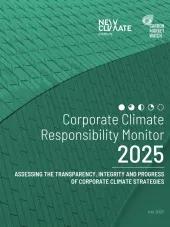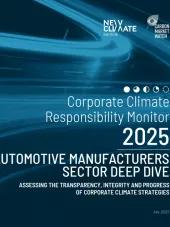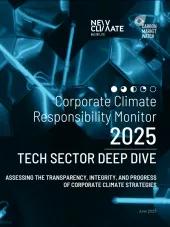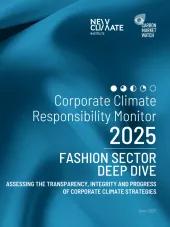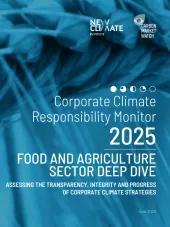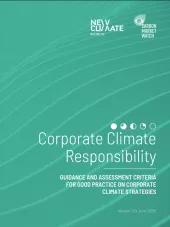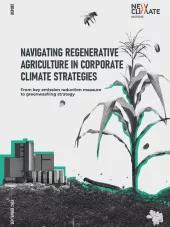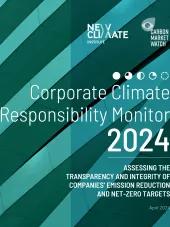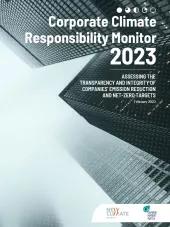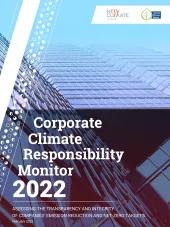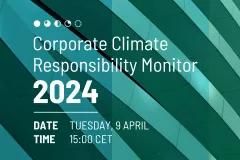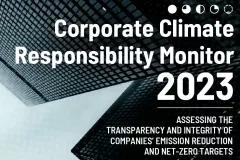This chapter of the 2025 Corporate Climate Responsibility Monitor assesses the climate strategies of five major light-duty vehicle manufacturers: Ford, General Motors, Stellantis, Toyota and Volkswagen. The analysis focuses on their GHG emission reduction targets and progress on key sectoral transitions critical for aligning with a 1.5°C-compatible pathway.
The automotive sector accounts for over 20% of global greenhouse gas emissions, with a significant potential for reductions through a timely and effective phase-out of internal combustion engine vehicles. There is an urgent need for automotive manufacturers to set robust short- and long-term emission reduction targets and implement key transitions.
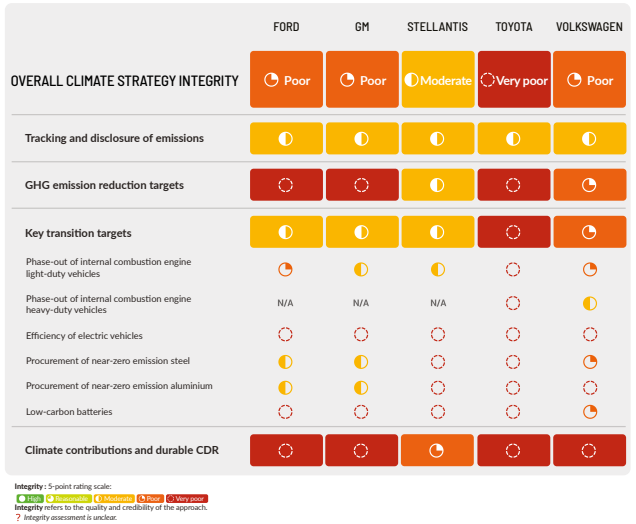
Despite increasing scrutiny and rising demand for climate-compatible mobility, the analysis finds that most assessed companies have failed to set credible decarbonisation targets or adequately address key transitions.
Key findings include:
- Lack of ambition and integrity in emission reduction targets:
With the exception of Stellantis, none of the assessed automakers have meaningfully improved the ambition of their emission reduction targets. Most long-term pledges toward carbon neutrality lack credible detail, including how companies plan to phase out internal combustion engines or achieve measurable emissions cuts. - Electric vehicle targets at risk:
Battery electric vehicle (BEV) sales trends over the past five years raise concerns about the likelihood of meeting 2030 sales targets. Current trajectories fall short of those required to align with a 1.5°C pathway. - Neglected key transitions across the supply chain:
While Ford and General Motors have made initial commitments to near-zero steel and aluminium procurement, other critical transitions – such as reducing battery production emissions and improving EV efficiency – are largely absent from company strategies and standard-setter agendas.
“There is an urgent need for automakers, standards setters and regulators to advance credible climate strategies in the automotive sector, by putting a spotlight on key sector transitions and creating strong incentives for necessary action.” - Saskia Straub, NewClimate Institute
Main recommendations include:
- Transition-specific alignment targets are key:
Automakers should adopt specific alignment targets for phasing out internal combustion engines and securing low-emissions materials like near-zero steel and aluminium. Clear transition milestones are essential for measurable and transparent progress. - Improved guidance for target setting is needed:
Standard setters have a window of opportunity to strengthen target-setting frameworks. The SBTi’s revised draft for the automotive sector – which introduces geographically specific BEV sales benchmarks – could be expanded to address other key transitions. - Stronger regulation is required to guide systemic change:
Effective, science-based regulation must replace the current patchwork of policy frameworks. Stronger rules on phasing out internal combustion engines, promoting full lifecycle assessments, and ensuring access to electric mobility are essential to accelerate the sector’s transformation.
This analysis is part of the 2025 Corporate Climate Responsibility Monitor (CCRM), which this year includes deep dives of the food and agriculture, fashion, tech and automotive manufacturing sectors as well as cross-sector trends and recommendations.




